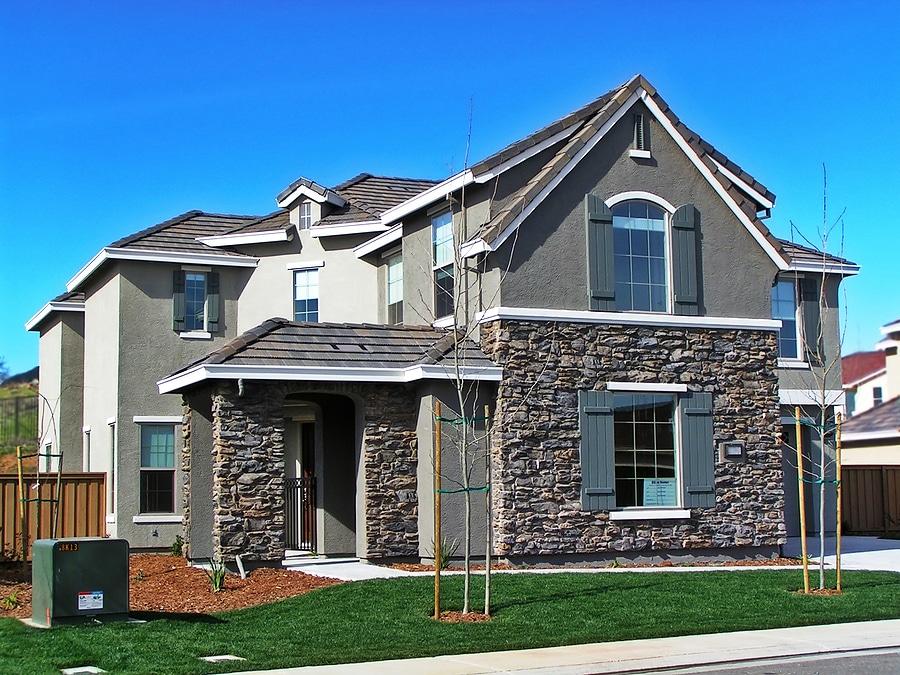Stucco has been a popular exterior finish for homes and buildings for centuries. Its durability, versatility, and timeless appeal make it a preferred choice for many homeowners and builders alike. However, despite its long history and widespread use, there are still several misconceptions surrounding exterior finish stucco. Addressing these misconceptions is essential for ensuring that homeowners and builders make informed decisions when it comes to selecting exterior stucco finishes for their projects.
Misconception 1: Stucco is Prone to Cracking
One common misconception about stucco is that it is prone to cracking, especially in areas with extreme weather conditions. While it is true that stucco can develop cracks over time, proper installation and maintenance can significantly reduce the likelihood of this occurring. Exterior stucco finishes are designed to be flexible, allowing them to expand and contract with changes in temperature and humidity. Additionally, the use of quality materials and proper application techniques can help prevent cracks from forming.
Misconception 2: Stucco is High Maintenance
Another misconception about stucco is that it requires a lot of maintenance to keep it looking its best. While it is true that exterior stucco finishes may require occasional cleaning and repairs, they are generally low maintenance compared to other exterior finishes. Routine maintenance tasks such as washing and sealing can help prolong the life of stucco and keep it looking like new for years to come. Additionally, advancements in stucco technology have led to the development of durable and long-lasting stucco products that require minimal upkeep.
Misconception 3: Stucco is Not Energy Efficient
Some people believe that stucco is not an energy-efficient option for exterior finishes. However, this is not necessarily the case. Exterior stucco finishes can actually help improve the energy efficiency of a home by providing insulation and thermal mass properties. Stucco acts as a barrier against heat transfer, helping to keep homes cool in the summer and warm in the winter. Additionally, the installation of insulation behind the stucco can further enhance its energy-saving capabilities.
Misconception 4: Stucco is Limited in Design Options
One of the most persistent misconceptions about stucco is that it is limited in design options. While it is true that traditional stucco finishes have a distinct look, modern stucco products offer a wide range of textures, colors, and finishes to choose from. From smooth and sleek to textured and rustic, there is a stucco finish to suit every aesthetic preference. Additionally, stucco can be customized with architectural details such as moldings and reliefs to create unique and eye-catching designs.
Misconception 5: Stucco is Vulnerable to Moisture Damage
Some individuals believe that stucco is susceptible to moisture damage, leading to mold, mildew, and structural issues. While it’s true that improper installation or lack of maintenance can result in moisture-related problems, modern exterior stucco finishes are designed with moisture-resistant properties. Proper flashing, sealing, and ventilation techniques can effectively safeguard against moisture infiltration, ensuring the longevity and structural integrity of the stucco. Additionally, periodic inspections and repairs can help address any potential moisture issues before they escalate.
Misconception 6: Stucco is Difficult to Repair
Another misconception is that stucco repairs are complicated and expensive. However, minor stucco repairs can often be completed quickly and affordably with the right tools and materials. Small cracks or chips can be patched with stucco repair compound, while larger damaged areas may require professional intervention. With proper maintenance and prompt repairs, homeowners can ensure that their exterior stucco finishes remain in pristine condition for years to come, without breaking the bank.
Misconception 7: Stucco is Not Suitable for All Climates
There’s a misconception that stucco is only suitable for dry climates and may not perform well in areas with high humidity or frequent rainfall. While it’s true that excessive moisture can pose challenges for stucco, proper installation techniques and moisture management strategies can mitigate these concerns. In fact, stucco is commonly used in a variety of climates, including coastal regions, where it provides excellent protection against wind-driven rain and salt spray. By selecting the right materials and following best practices, homeowners can enjoy the benefits of exterior stucco finishes in virtually any climate.
Wrapping Up
It is essential to address the common misconceptions surrounding exterior stucco finishes to ensure that homeowners and builders have accurate information when making decisions about their projects. By dispelling myths about stucco’s durability, maintenance requirements, energy efficiency, and design options, we can help promote its use as a reliable and attractive exterior finish for homes and buildings. With proper installation, maintenance, and care, exterior stucco finishes can provide years of beauty and performance.



